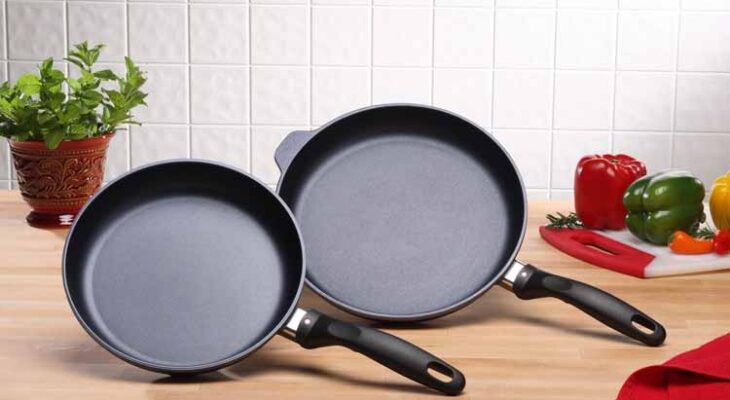Using a frying pan in the kitchen offers a multitude of benefits that make it an indispensable tool for cooking enthusiasts and professionals alike. From its versatility to its ability to impart delicious flavors, a frying pan is a staple in culinary endeavors.
Four Key Benefits of Using a Frying Pan:
Versatility
One of the primary advantages of using a frying pan is its versatility. Whether you’re searing meats, sautéing vegetables, frying eggs, or even baking certain dishes, a frying pan can handle a wide range of cooking techniques. Its flat bottom and sloped sides provide ample space for ingredients to cook evenly and allows for easy flipping and stirring. This versatility makes it an essential tool for preparing a variety of dishes, from breakfast favorites like omelets and pancakes to dinner staples like stir-fries and pan-seared steaks.
Even Cooking
Frying pans are designed to distribute heat evenly across the cooking surface, ensuring that ingredients cook uniformly. This is especially important when searing meats or sautéing vegetables, as it helps to develop flavor and achieve the desired texture. The flat bottom of the frying pan ensures maximum contact with the heat source, while the sloped sides allow for easy access when flipping or stirring ingredients. Whether you’re cooking on a gas stove, electric stove, or induction cooktop, a good quality frying pan will provide consistent results every time. Click here for more information about frying pan.
Enhanced Flavor
Another benefit of using a frying pan is its ability to enhance the flavor of food. When ingredients come into direct contact with the hot surface of the pan, Maillard reactions occur, resulting in the development of complex, savory flavors and aromas. This is particularly evident when searing meats or caramelizing vegetables, where the high heat of the frying pan creates a delicious golden-brown crust. Additionally, the natural sugars in ingredients like onions and peppers undergo caramelization, adding depth and sweetness to dishes. The fond (browned bits) that form on the bottom of the pan during cooking can also be deglazed with liquid to create flavorful sauces and gravies.
Ease of Cleaning
Frying pans are typically made from materials like stainless steel, non-stick coated aluminum, or cast iron, all of which are relatively easy to clean. Non-stick frying pans, in particular, require minimal effort to maintain, as food residues are less likely to stick to the surface. Many frying pans are also dishwasher safe, making cleanup a breeze. Cast iron frying pans, while they require a bit more care, develop a natural non-stick patina over time and can be easily cleaned with hot water and a stiff brush. Proper maintenance and seasoning will ensure that your frying pan remains in top condition for years to come.
In conclusion, the frying pan is a versatile, efficient, and indispensable tool in the kitchen. Its ability to cook ingredients evenly, enhance flavor, and facilitate easy cleanup makes it a favorite among cooks of all skill levels. Whether you’re whipping up a quick breakfast or preparing a gourmet dinner, a good quality frying pan is sure to be one of your most-used kitchen utensils.

Jerry Martinez is a professional artist. He lives in California with his family. Throughout his life, he has always been captivated by images. Naturally, he was drawn to art. So he opted to take his Bachelors Degree in Fine Arts from Otis College of Art and Design. After completing his degree, He concentrated even more into his art practice. He is a father of three children, ranging in age from 3 to 12 years old. They love outdoors activities; biking, camping, walking and playing football. Jerry Martinez is a music lover and love to listen to metallic songs.


